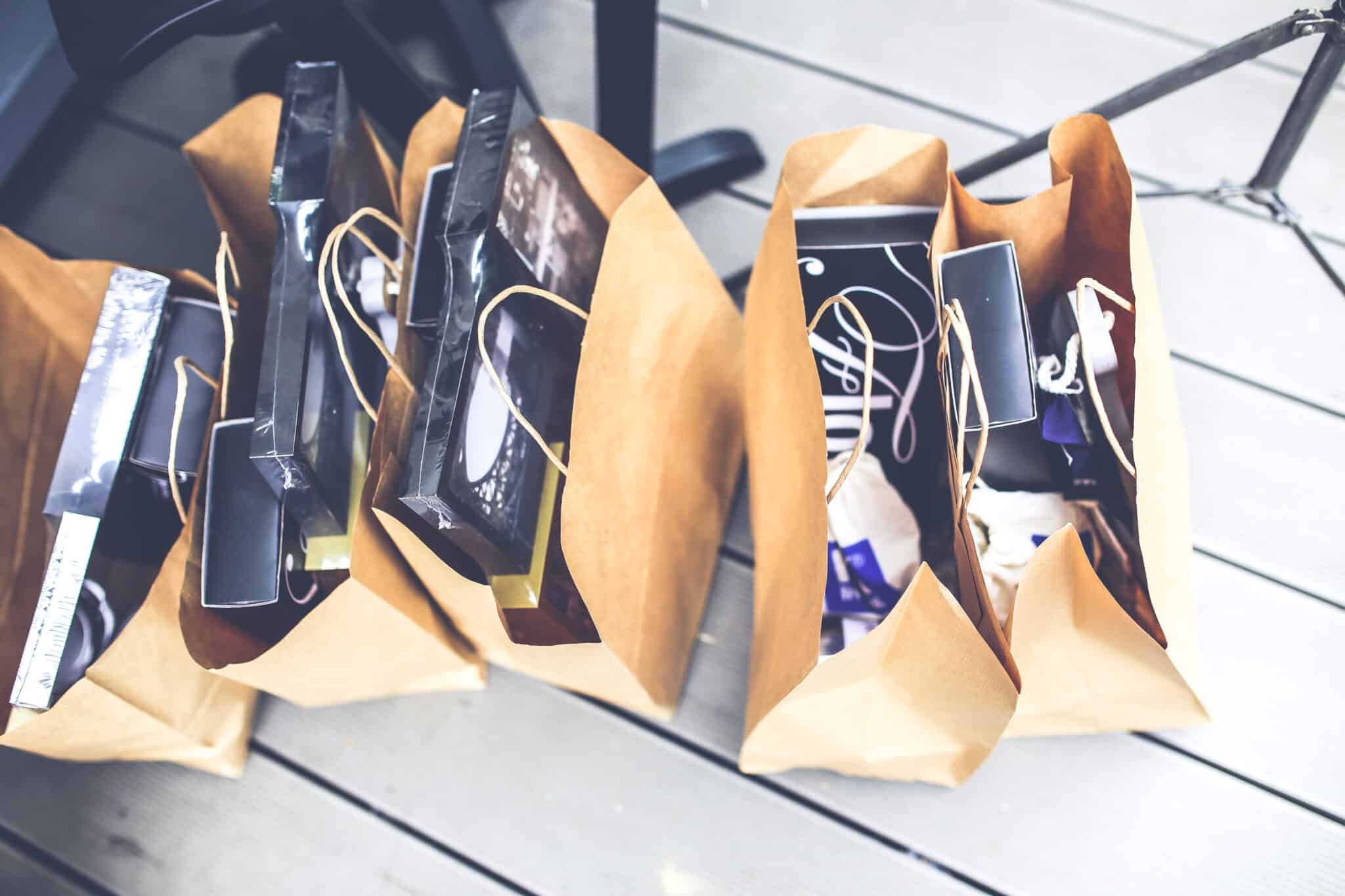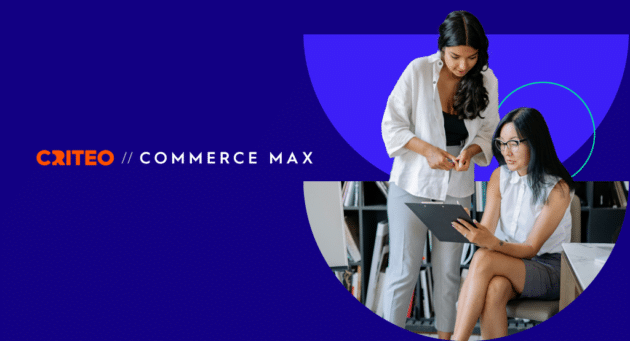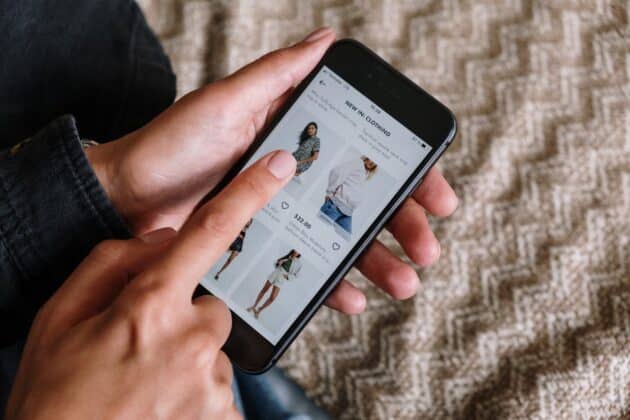As we already know, shopping carts get abandoned all the time. For the most part, actually. The vast majority of shoppers (98%) will leave your site without buying anything at all. At least the first time they visit.
If you’re doing research on how retargeting works, one of the simple answers is that it’s one of best ways to re-engage shoppers who’ve left your website and remind them of the products they were interested in to get them to complete a purchase.
Below we’ve collected five actionable retargeting strategies which can help you do that.
What is a retargeting strategy?
Retargeting strategy is about re-engaging consumers who’ve previously shown interest in your products or services. Imagine a store visitor who picked up a couple of items but didn’t check out. Retargeting is your way of reminding them about those items. Your strategy is how you achieve that.
With definitions done, let’s focus on those 5 actionable strategies.
1. Retarget based on shoppers’ site navigation.
Targeting users based on the specific pages of your site they visit allows you to deliver personalized, hyper-relevant ads.
For example, if a user puts a Nespresso machine in their shopping cart but doesn’t complete the purchase, you can target them with ads for that coffeemaker on various sites that they visit in the future. If someone else buys that appliance, you can serve up ads for complementary products they’d be interested in, like cappuccino pods, cups, and a milk frother.
If a third person clicks from a French press product page, to a percolator, and then a drip coffeemaker, they might benefit from a rotation of ads for each.
Often, retargeting works by sending the right message to the right shopper at the right stage of their journey – targeting based on a web journey can help you do just that.
2. Segment your audience.
Whatever you do, don’t be the brand or retailer who drops a single pixel on your site and retargets all the shoppers who’ve visited in the last 30 days with “The Exact. Same. Message.” There are lots of ways to segment your audience (cart abandoners, recent visitors, and recent buyers, recent bouncers, to name a few), that could each benefit from different content.
Depending on if shoppers have stopped by your site a month back or two days ago, you can retarget them with whatever incentives make the most sense — same-day delivery, rewards program benefits, or related products.
3. Focus on search terms.
Retargeting shoppers after they’ve searched for keywords or phrases that pertain to your business is an easy way to get more sales. For instance, if you’re a jeweler in the Midwest and someone does a Google search for “diamond necklaces in Chicago”, you could target that person with ads for “discount diamonds Chicago”. The main difference between search retargeting and other types is that this strategy reaches users who’ve never visited your website and whose email addresses you didn’t collect.
Looking at search terms gives you the potential for greater reach, since you’ll be connecting with a new pool of customers as opposed to just your current shopper base.
4. Utilize your CRM.
Most of what’s inside your CRM is probably offline data, meaning you didn’t collect it automatically through dropping a site cookie but more likely through a loyalty program or other means (like product giveaways or sweepstakes). That makes your CRM a rich source of valuable info about who your shoppers are and what they’re interested in.
Since many retargeting partners let you to upload your CRM data directly into their platforms then match it, typically using email addresses, you can use this more robust intel (with data like store locations visited, email addresses, phone numbers, past sales, and more) to see a bigger picture of each shopper and retarget them with customized ads.
If you took customer sales data from your CRM of all purchasers of Nespresso machines in the last 12 months, uploaded it into your retargeting provider, then created an audience segment of those buyers, you could create a campaign to target these coffee drinkers with ads for accessories to complete their at-home café setup — fancy mugs or sugar packets, anyone?
5. Connect all the data dots.
In today’s competitive retail marketplace, it’s more important than ever to reach shoppers with content that’s ultra-personalized. That means collecting and unifying data across all devices, channels, and platforms to get the full picture of their product interests and purchase intent.
Working with a vendor who can collect, analyze, and put that data into real-time action — ideally through predictive machine-learning technology — will increase the likelihood of users that’ll click and convert.
Finding a partner that utilizes real-time data to optimize all creative, for both display and video ads, is paramount. Retailers and brands who win will master dynamic delivery of the right ad design for every device, every context, and every stage of the shopper journey.
Dubai-based fashion retailer The Luxury Closet leveraged retargeting (and lots of data) to understand their shoppers’ preferences and and saw a 12X Return on Ad Spend (ROAS) from web and in-app retargeting.
For more retargeting tips and tricks, check out the retargeting terms every marketer should know.





















